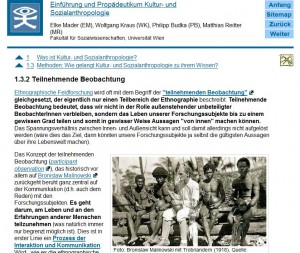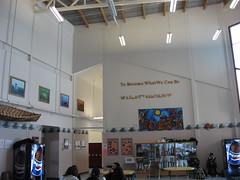from the straight.com
Denise Williams believes strongly that broadband Internet access can help First Nations in British Columbia broaden the opportunities available on their often rural or remote reserves. The 27-year-old member of the Cowichan Tribes likens high-speed pipes to the roads that connect a community to the rest of the world.
“It’s the infrastructure that’s going to strengthen the entire social fabric of the community,” Williams told the Georgia Straight at a café in Kitsilano. “So, it’s education, it’s health, it’s justice, it’s economy—it’s all of that.”
Williams is the youth initiative officer for the First Nations Education Steering Committee, a West Vancouver–based organization established in 1992 to support First Nations education activities in the province. While 80 of the 203 First Nations in B.C. are still waiting for broadband—a plan to connect them could be announced by the end of the year—the committee is looking at using Internet technology to facilitate the teaching of classes in band-run and independent schools on reserves.
High-speed connectivity allows on-line teleconferencing and video conferencing, as well as interactive applications that incorporate slide shows and instant messaging, to be employed in the delivery of distance education, Williams noted. Using such synchronous technologies, a teacher can remotely instruct a class comprising students in several locations.
…
full story at:
http://www.straight.com/article-254208/first-nations-kids-need-net

